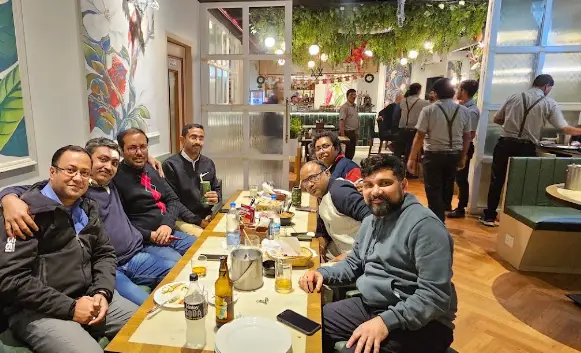In 1990, when we used to go for long drives on California roads, someone would often pass out to their dream world after having a few drinks, and we would end up calling the police. In that last century, alcoholic drinks with high alcohol percentages were trendy. Whether at family gatherings or friends’ get-togethers, drinks with above 50% ABV were always managed.
But as time passed, we now see a completely opposite situation. At every event, be it with friends, family, or colleagues, there is always a 99% suggestion for low-alcoholic drinks for enjoyment, and many even suggest alcohol-free options. How did such a significant shift happen? What are the reasons? In this article, we will explain these reasons.
Advancement in Research
The primary factor responsible for this shift is progress in research. As science advanced and studied human behavior and the body, it was realized that centuries-old practices of using high ABV drinks to forget bad times or for fun had negative impacts rather than positive ones. While it might feel good temporarily, in the long run, it severely damages body organs and disturbs mental health. Research has proven this step by step, and social media has further spread awareness.
This made people realize the negative aspects of high ABV drinks, compelling them to think about whether they should continue ruining their lives or quit high ABV drinks. Science has discovered many new things about human behavior and the body…
Costly Option
The second major reason for this shift is the budget. High ABV drinks are quite expensive today. Managing a single bottle might be feasible, but addiction to high ABV drinks forces repeated consumption, which becomes very costly. Cheaper high ABV drinks usually have a poor taste and are of extremely bad quality. In contrast, low ABV drinks are affordable and do not require frequent consumption, nor do they have strong intoxication effects. Hence, people are shifting towards them.
Governments have also made alcohol a major source of tax collection, imposing heavy taxes, making it very expensive. For example, the Indian government collects almost $11.2 billion as tax from alcohol.
Community Behavior
Today, a large population has rejected alcohol, and those who still consume it often face social boycott. Alcohol consumption is considered a social evil by many, leading to rejection by family and friends and community boycott, which forces many people to reconsider their drinking habits. Thus, there is always a preference for low-strength alcoholic drinks, which do not cause much intoxication and are lighter.
Fitness Trend
In the 21st century, there is a craze for fitness; gyms, yoga, etc., are common everywhere. A healthy life is a dream for everyone in any society. High ABV alcoholic drinks are a major cause of many diseases and also lead to weight gain, which is a toxin for fitness. Taking care of the body and fitness is a reason for the shift from high ABV to low ABV drinks.
Moving Towards Cultural Drinks
At the end of the 20th century, it seemed like the world was moving towards a single culture, becoming a global village. But in 2024, the situation is the opposite; the world is moving back to its old cultures and preserving them. Where whiskey was becoming a common drink in the 20th century, now local old cultural drinks, usually non-alcoholic or light alcoholic, are being accepted worldwide. For example, Feni, a local drink in India, has become so popular that it has surpassed many high alcoholic brands.
Future Outlook of these Drinks
Market Forecasts and Potential Growth Areas
The low ABV market is set to explode. Analysts predict that sales of these beverages will continue to rise, driven by a growing number of health-conscious consumers and an increasing preference for mindful drinking. We’re talking about a significant shift that could see low-ABV options taking up a larger slice of the beverage pie. Areas like ready-to-drink cocktails, craft beers with lower alcohol content, and even low-ABV wines are expected to flourish.
Emerging Trends in Low ABV Drink Innovation
Innovation in this space is moving at lightning speed. We’re seeing a surge in creative approaches to making low-ABBV drinks more appealing. Think about craft breweries experimenting with flavorful, sessionable beers that don’t compromise on taste. Wine producers are also getting in on the action, developing delightful spritzers and low-alcohol wines that cater to those looking for a lighter sip.
Long-Term Implications for High-ABV Beverages
The rise of low-ABBV drinks doesn’t spell doom for high-ABBV beverages, but it does signal a shift. Traditional high-alcohol drinks might see a dip in popularity as consumers become more health-conscious and seek out lighter alternatives. This could push big brands to diversify their portfolios, introducing more low-ABV options to meet changing consumer demands. The industry is likely to see a balance where both low- and high-ABBV drinks coexist, catering to different occasions and preferences.


